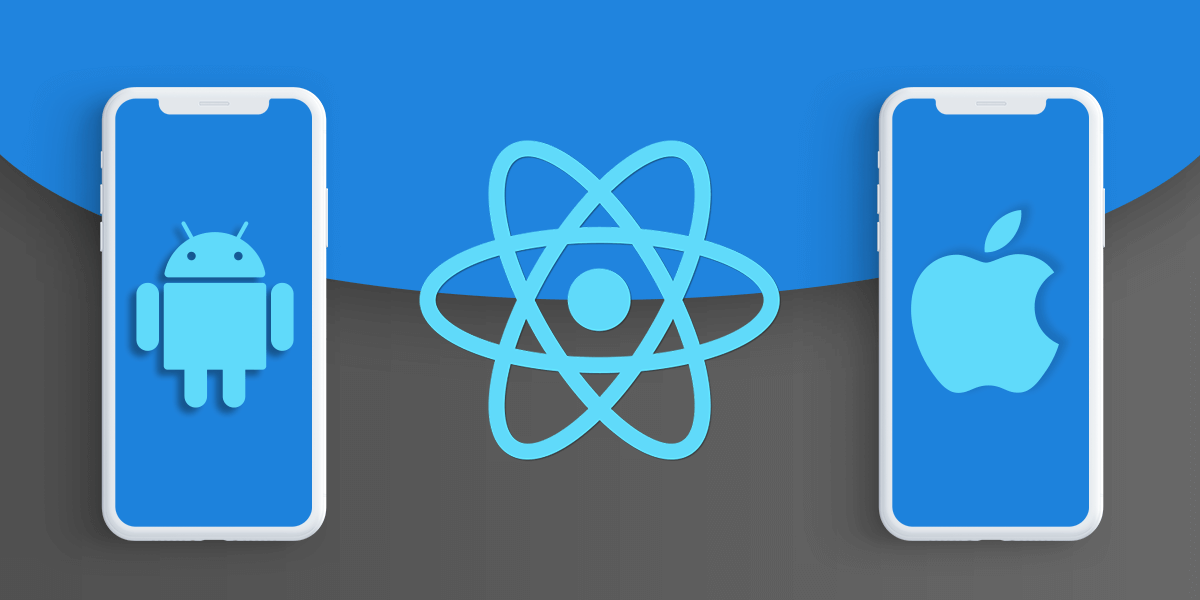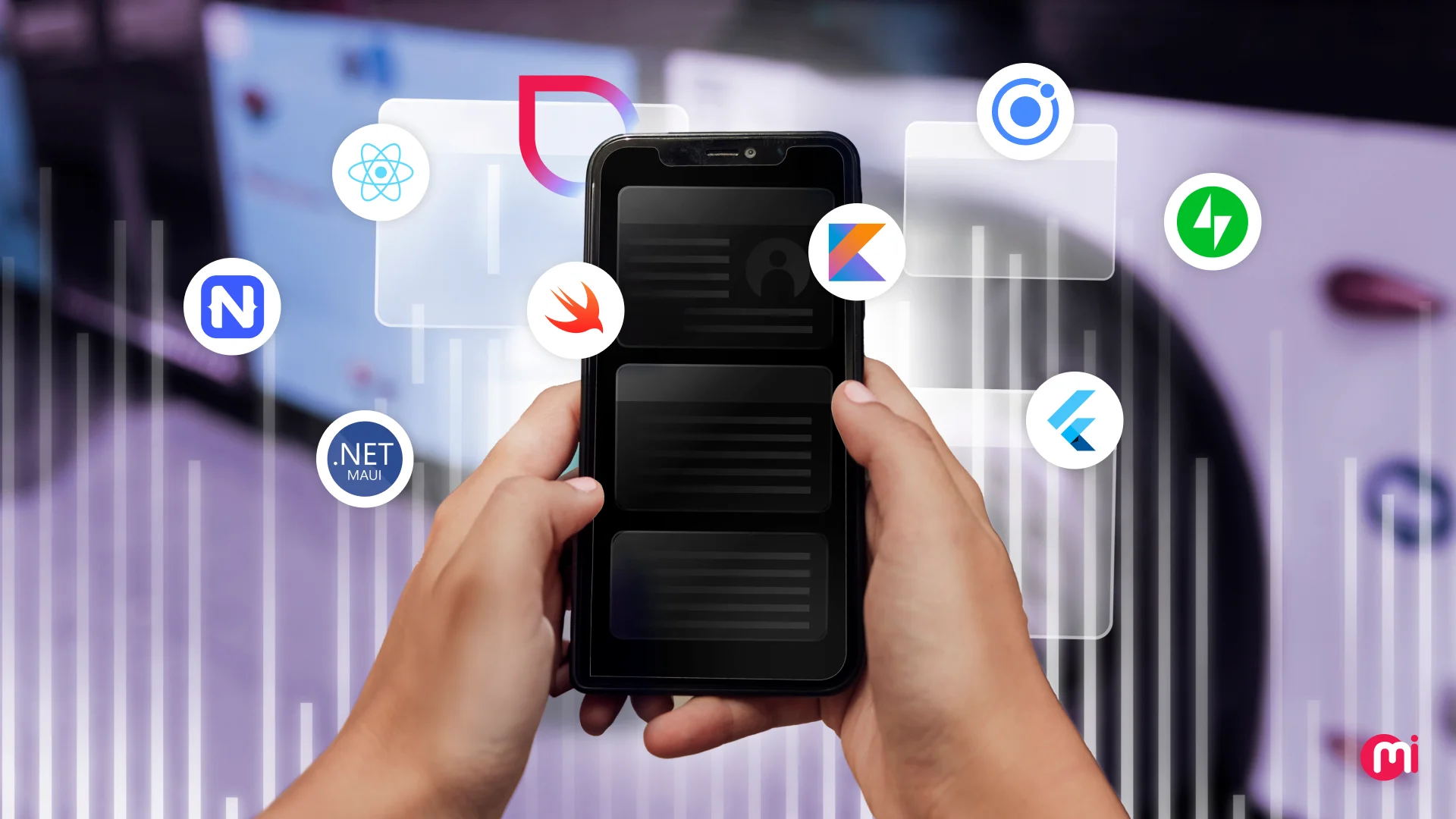The Difference Between iOS and Android App Development Using React Native
- Mobile
- November 21, 2018
We as a nation are obsessed with mobile apps. Do you realize how much you are dependent on them? In 2017 alone, over 197 billion apps were downloaded. In 2016, 90 billion Android apps and over 25 billion iOS apps were downloaded by the masses.
Therefore, getting into app development is an excellent way to earn profits and deliver what customers want. However, the job isn’t easy. There are various decisions you have to take.
For instance, do you want to develop an app for Android or iOS users? Or, maybe you want something for both? Do you want an excellent UI as well as UX, developed according to the platform? Or maybe, you want to take the easy way out and make an app that is supported on different types of platforms?
If you aren’t willing to develop an app separately for iOS and Android from scratch, React Native is your best option. This framework uses only Javascript. This allows the developed app to be supported by both iOS and Android platforms. This is bound to reduce development time.
Importance of React Native
The good thing about using React Native is that whether you are an Android app development company or an iOS development company attempting to create apps that cater not only to native platform users but also to other mobile app platforms, this framework is an excellent choice for your development team. Let us now understand more reasons that explain the importance of React Native.
Open-source Framework
The framework is open-source in nature. It is believed that the structure will become compatible with both Windows and MacOS soon. Moreover, rather than rewriting codes from scratch when developing an Android or iOS version of your app, you can instead reuse the one you made.
You can do so by incorporating the React Native’s components in the code of the app you developed or reuse the same code. To do the latter, it is essential that your app is built on Cordova.
Quick Development
App development isn’t easy. Doing so from scratch and learning how to code Java and Swift can seem like a hassle. With the help of React Native, rather than gaining the technical expertise in two types of script, you are required to know one, i.e., JavaScript. This makes the development process very quick.
Focus on the User Interface
The major reason for the popularity of React Native is the fact that it delivers a smooth and easy to navigate user-interface in both operating systems in one go. Previously, you had to give preference to one type of platform while the other got the short end of the stick. However, the app developed via React Native is equally smooth in both iOS and Android.
Read also: The Pros and Cons of Using React Native
How Does App Development in Android and iOS Differ?
App development in iOS and Android significantly differ from one another. These differences arise when you develop your app using React Native as well. Here are the primary aspects where the development process differs.
Operating System
When developing an app, there aren’t any official operating tools available for you to test your app in iOS. There are a few tools available, but since they aren’t delivered by Apple itself, one cannot expect them to be reliable.
On the other hand, Android apps can only be checked via Android Studio. This is the only official tool that is provided by Android. So, if you want to test the validity of your developed app and check if it will work on the operating system, the tools are limited in number.
While React Native allows you to build applications that work with both operating systems, when it comes to adequately testing whether the React Native developers work on the given system, you will face difficulties if you use a Windows computer. The XCode of iOS only works on macOS.
Native Elements
The React Native Library has various elements for you to use to develop your app. However, the result the elements produce will differ according to the platform they are used on. For instance, Picker component would lead to a different outcome in an Android emulator and a different one in an iOS simulator.
Supporting Styles
The styles you add on your app using React Native will also look different in iOS and Android. For example, let’s say you wish to have a shadow style in your app. This style will be visible when you run the application in iOS. However, this won’t be the case in Android since the operating system doesn’t support the given style.
Linking Libraries
Do you wish to add third-party libraries in your app using React Native? Well, the differences between iOS and Android systems mean that you can’t just use the react-native link called “library name” to get the job done. Instead, you will have to link third-party libraries manually. Now, this won’t be an easy job using React Native.
Why? This is because you will need distinct knowledge about the coding of Android and iOS. To manually link libraries on these systems, you would have to use Java and Objective C language.
If the library you are using has the required documentation, you might not be required to do anything manually. But, in case it doesn’t, you must know this intrinsic difference between iOS and Android systems to develop your app.
Designs
While you can use React native to simplify the development of iOS and Android versions of an app, the fact remains that you can’t share the code in its entirety. One key difference that stops this from happening is the differences in design in iOS and Android systems.
Think of iOS apps. You might observe that all of them are very minimalistic. While Android too is moving towards material design ideas, it is still more extravagant in its design than iOS. As an app developer, you must keep this in mind to ensure that the
two versions of the app suit well to the operating system they will run in.
Let’s take an example of a given design element to signify the difference in development, i.e., multitask panels. iOS apps feature small windows for the task panel. Android has tabs that can be interchanged. However, the size of these tabs is as big as the screen. Hence, the app you create for iOS must be aesthetically pleasing and functional in a tiny window.
On the other hand, for Android, the app doesn’t need this feature. This is just one example. Other differences in the design include the style of the button or the icons.
The fact remains that the designing process of your app will differ according to the operating system. These differences remain when using Native React as well.
Read also: Android or iOS App Development: Which is Best for Your Business?
Conclusion
The brands we mentioned are just a handful of the many that use the React Native framework. Other big names that are using it include Airbnb, Instagram, Uber Eats, and Gyroscope Health, etc.
While there are ways where React Native produces different results in iOS and Android platforms, the fact remains that with this open-source framework, you are able to eliminate the duplication of work. You no longer need to rewrite the same code again and again when creating an app.
Last but not least, the cost of developing an iOS app as well as an Android app is comparatively lower when opting for React Native instead of native app development, due to the use of a single codebase for both platforms.
Therefore, if you are thinking of building an app and wish to cater to both iOS and Android users alike, you might want to opt for React Native Development rather than Native iOS and Native Android framework instead.
Use React Native, and get your app ready sooner than later. Reduce human capital cost by reducing the number of people needed in your app development team.













